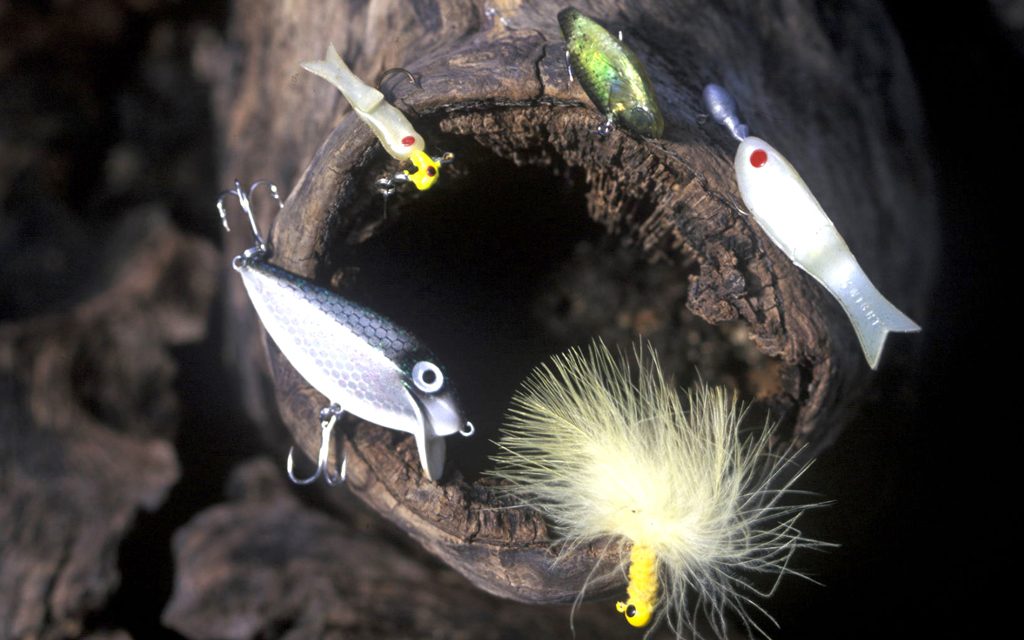by John Jefferson
Telling people under age 50 that white bass were once unheard of in Texas is like telling a 20-year old that at a time, gasoline was rationed, guns and ammo were scarce and cell phones hadn’t been invented.
But that was reality during WWII. Many items went exclusively into the war effort. And, Texas had but few lakes. Lake construction was a post-war phenomenon.
White bass live in large lakes. They are a blessing to many fishermen. Sure, they don’t capture TV audiences like largemouths do on fishing shows, but each spring they attract a legion of anglers who live for light tackle action – and plenty of it.
After WWII, many troops that made it home from Europe and the Pacific yearned to just go fishing again. Massive construction of reservoirs in the ‘50s and 60’s made new kinds of fishing possible.
Different species began to populate the new habitat. Largemouth bass found a more hospitable home in impoundments that were less flood-prone. White bass fit well into large, deep lakes with gargantuan schools of shad for dinner. Eventually, even striped bass were introduced, but that’s another story.
Prior to that, Lake Texoma and some Red River tributaries may have housed some whites, but that was about it. Some people called them “sand bass”.
Dave Terre, TPWD’s Inland Fisheries Chief of Management and Research, says probably most of them got into the big, new lakes south of the Red through floods and occasional unauthorized (and illegal) stocking by fishermen. He rebuked the myth that birds carry fish eggs from one waterbody to another, leading to stocking.
Suffice it to say, practically every lake large enough, deep enough and with a river or stream flowing into it, now has sufficient white bass populations. Whites prefer flowing water in which to spawn, but even without inflow, they can spawn on windswept riprap alongside dams.
They spawn in the spring, and that leads to the fascination that draws so many to the streams feeding the reservoirs. In East Texas, the Sabine River above Toledo Bend Reservoir seems to grow the largest whites, and plenty of ‘em! Most of the large lakes near Dallas are also known for their whities. The Trinity River and Bedias Creek in East Texas are also loaded. In Central Texas, the Colorado River lakes have abundant whites and this year have enough water flowing into the Colorado, Llano and Pedernales to lure them upstream.
And that’s where the thrill occurs. An unimaginable onslaught of bass coming upstream can fill stringers in a hurry. You have to hit it just right, but when you do, it’s a memory-maker. It’s possible to stand on the bank or anchor in one spot and limit 25 in an hour!
Whites gorge on shad and minnows, so those are the best natural baits. Skirted 1/16-ounce jigs are favored artificial baits in white or chartreuse. Shad Raps are also winners. Six pound-test line works best.
The action comes and goes most of March. Don’t miss it!
JJ





